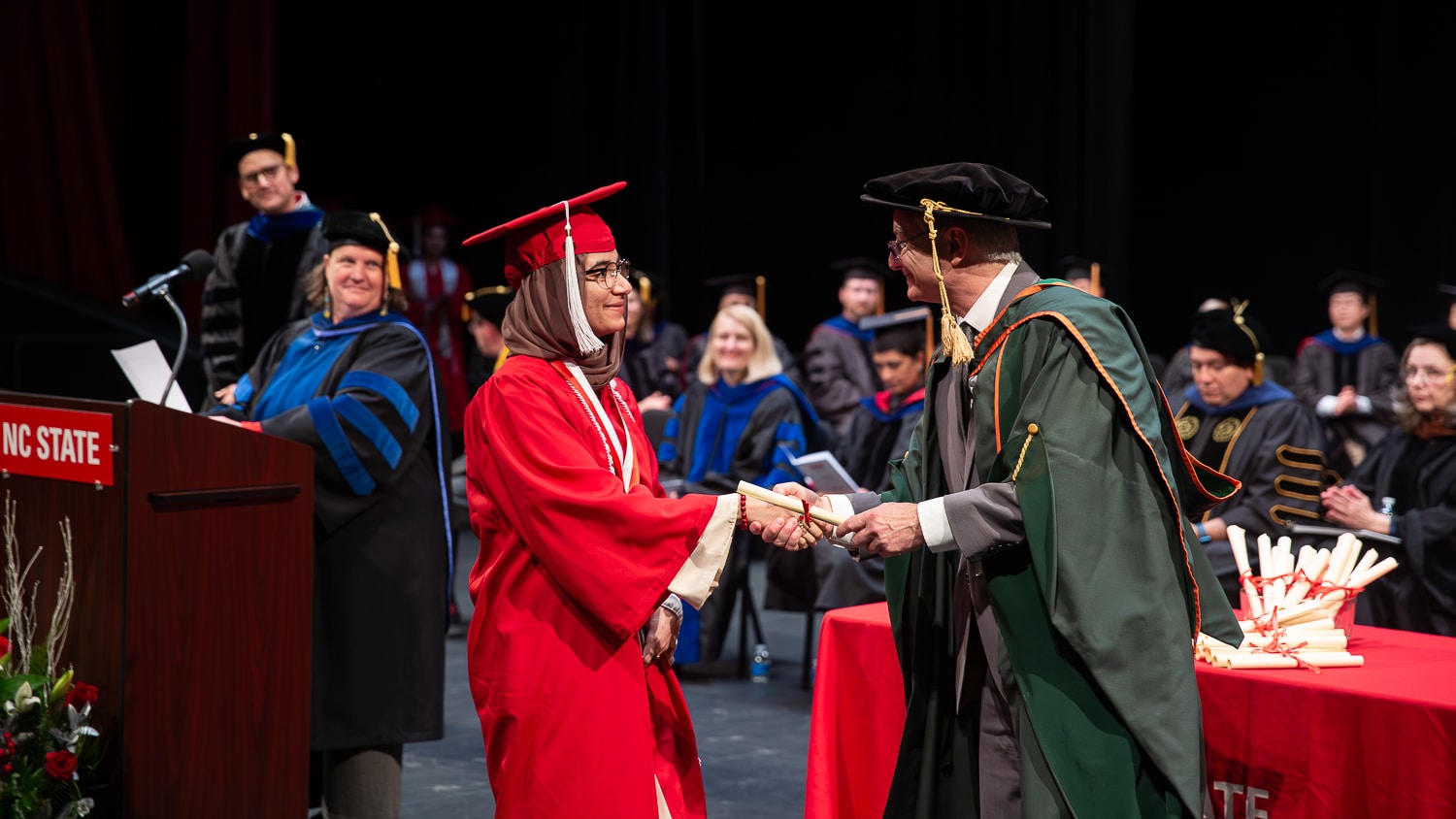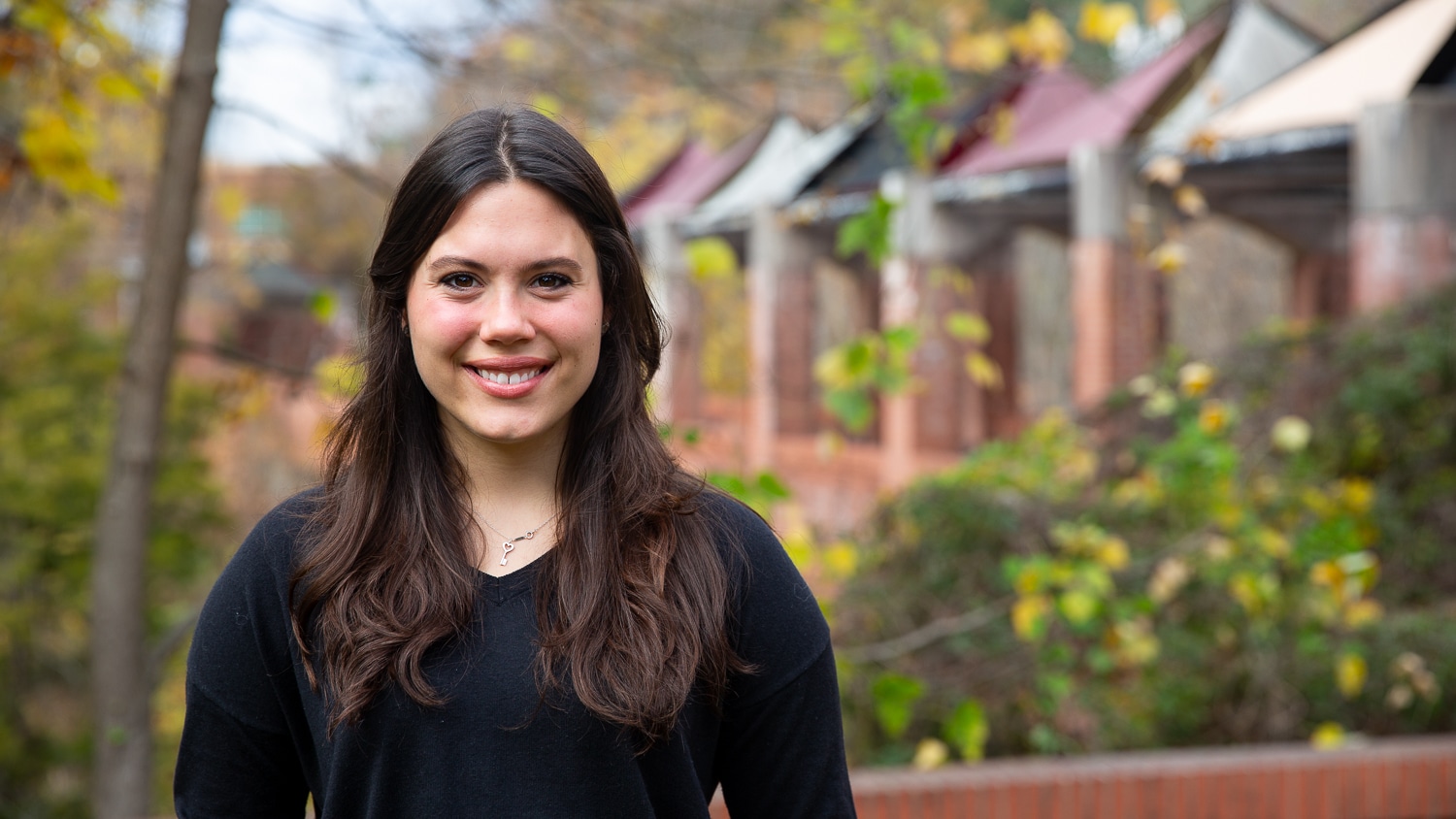Simulating Life-Saving Solutions

By Jessica Roulhac
In the hospital, there are no do-overs. When a signal alerts a nurse that a patient is going into cardiac arrest, every second counts. According to a published study, a person has an increased survival rate if they receive cardiopulmonary resuscitation, better known as CPR, within two minutes.
Brandon King, who recently graduated with a Ph.D. in textile technology management (TTM) from the Wilson College of Textiles, put his data analytics skills to the test to help the heroes in our hospitals. He completed a three-part case study doctoral dissertation on the topic of applying data analysis and machine learning methods to model health care and textile data applications. A National Institutes of Health (NIH) grant through Duke University supported one project, which would help nurses at three hospitals evaluate response times to patients.
For each part of his dissertation, King worked with real data, which provided his first experience with a real-world scenario. While working with not-so-perfect datasets, he learned how to ask the right questions to help him analyze data and share the results.
“Being a visual learner, I always want to see how things work when I apply my knowledge to the real world. I want to know what the impact means,” King says. “For example, if I’m building a coding model that helps make something more efficient or a process such as a nurse reacting to a particular event.”
Before King was working on his doctorate in TTM, he was pursuing a different path. King had transferred to NC State in 2015 to pursue a Master of Operations Research (MOR). He previously completed an undergraduate degree in applied mathematics.
It all changed after he enrolled in Computer Simulation Modeling. Textile Engineering, Chemistry and Science Professor and Department Head Jeff Joines leads this course, which teaches students how to use a computer program known as Simio. The program allows for computer simulation, or modeling, of everything from health care situations to supply chain flow.
To King, the class was the perfect mashup of coding and video games. He enjoyed the class, and he was looking for an advisor to pursue a doctorate in OR. At the time, Joines and Dr. Noa Segall, the lead investigator, were beginning work on the NIH project. Segall is an assistant professor in anesthesiology at Duke University. It would be the perfect timing –– and pathway.
More than number-crunchers
Joines and King simulated hospital wings, which modeled how nurses responded to patients in cardiac arrest. Working with a large amount of data, they ran different simulations to compare results based on nurse-to-patient ratios, communication styles and hospital layouts. After countless simulations, the data revealed the most efficient way to respond to cardiac events: calling the nurse directly at the telemetry station.
Joines and King have passed along their findings to three hospitals. Now, they await feedback as the hospitals review their recommendations.
While they wait, King reflects. While he has always loved data, Joines pushed him even further throughout this research. King improved his ability to analyze findings and learned how to communicate results to different audiences.
“You have to look at it from all angles,” Joines says. “You’re more than just a data-cruncher. You’re an analyst. You have to look at the data as a whole.”
Using data to model scenarios offers flexibility. Within industries that offer little to no wiggle room for real-time experiments, simulation allows for “what-if analysis,” Joines says.
Training students to understand both coding and communication sets future graduates apart from their peers.
Data meets decision-makers
King discovered that a TTM degree fit his passion for data and helping others make impactful decisions. While at NC State, he also earned a graduate certificate in Data Science Foundations. Today, he has a new approach to data.
“He looks at the data differently now,” Joines says. “Before he could just do the analysis. Now, he asks, ‘What is the data telling me?’”
As he prepares for a future devoted to data, King’s experience in the college will allow him to bring his best to a new role and apply his skills to a variety of industries.
“One thing that is good about Simio is why I kind of refer to it as a video game for coding,” King says. “It bridges the gap between an industry like health care to an engineering realm. Someone in the health care industry can see in the simulation that nurses are moving throughout and visualize what is actually happening.”
When every second matters, the world is depending on accurate assessments that provide clear action steps. King is up for the challenge.
- Categories:


